Trump's national security concerns are completely different than those of U.S. intelligence agencies

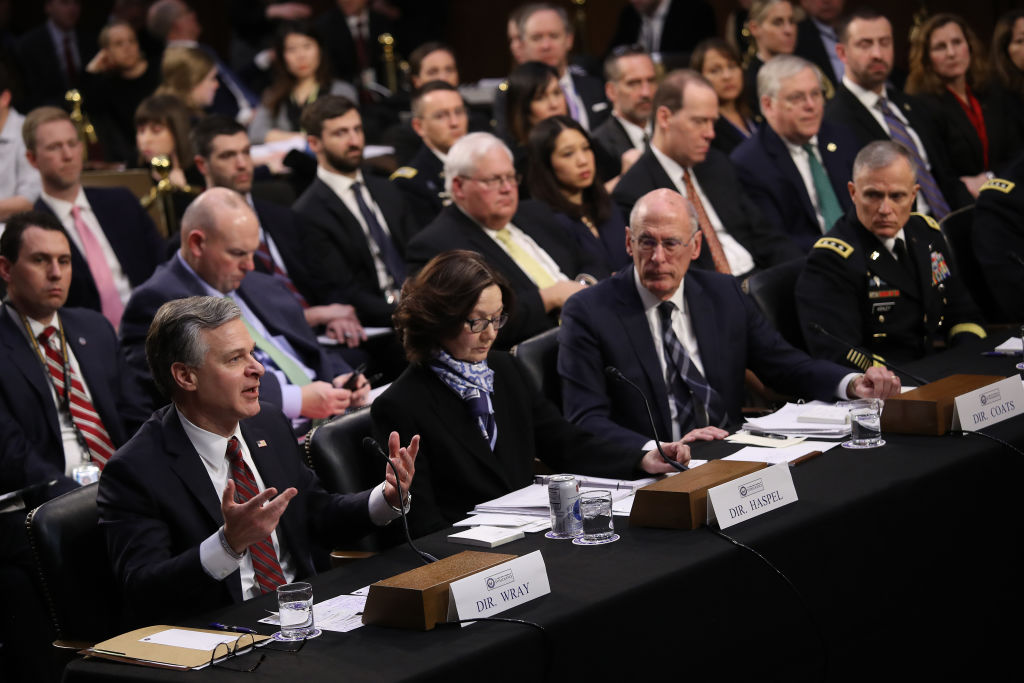
On Tuesday, the heads of America's intelligence agencies testified before the Senate Intelligence Committee about their annual Worldwide Threat Assessment. Director of National Intelligence Dan Coats, CIA Director Gina Haspel, and other intelligence chiefs warned about the continued threats from the Islamic State, Russia and China, cyber-warfare, and the enduring nuclear threat from North Korea. They said Iran is not taking steps to develop nuclear weapons and is in compliance with the nuclear deal negotiated with President Barack Obama. And they barely mentioned Mexico.
"Their analysis stands in sharp contrast to [President] Trump’s almost singular focus on security gaps at the border as the biggest threat facing the United States," and it directly contradicts Trump on Iran, ISIS, North Korea, and Russia, The Associated Press notes. "None of the officials said there is a security crisis at the U.S.-Mexico border, where Trump has considered declaring a national emergency so that he can build a wall," The Washington Post says, though the U.S. intelligence chiefs "tried to avoid directly questioning administration policies," The New York Times adds.
The 42-page Worldwide Threat Assessment also found that current U.S. trade policies and "unilateralism" have harmed traditional U.S. alliances and sent some foreign allies looking for other relationships. And the intelligence chiefs weren't the only ones implicitly criticizing Trump's "America first" policy. Foreign enemies "want to see us abandon our friends and our allies," Intelligence Committee Chairman Richard Burr (R-N.C.) said at the hearing. "They want to see us lessen our global presence. They want to see us squabble and divide. But their tools are different."
The Week
Escape your echo chamber. Get the facts behind the news, plus analysis from multiple perspectives.

Sign up for The Week's Free Newsletters
From our morning news briefing to a weekly Good News Newsletter, get the best of The Week delivered directly to your inbox.
From our morning news briefing to a weekly Good News Newsletter, get the best of The Week delivered directly to your inbox.
Senators also pressed the intelligence chiefs about reports that White House officials had overruled CIA security specialists in awarding Jared Kushner top secret security clearance, NBC News reports. "Coats responded that all the intelligence agencies could do is provide information, and it was up to the White House to decide who gets access to the nation's secrets."
A free daily email with the biggest news stories of the day – and the best features from TheWeek.com
Peter has worked as a news and culture writer and editor at The Week since the site's launch in 2008. He covers politics, world affairs, religion and cultural currents. His journalism career began as a copy editor at a financial newswire and has included editorial positions at The New York Times Magazine, Facts on File, and Oregon State University.
-
 5 fairly vain cartoons about Vanity Fair’s interviews with Susie Wiles
5 fairly vain cartoons about Vanity Fair’s interviews with Susie WilesCartoon Artists take on demolition derby, alcoholic personality, and more
-
 Joanna Trollope: novelist who had a No. 1 bestseller with The Rector’s Wife
Joanna Trollope: novelist who had a No. 1 bestseller with The Rector’s WifeIn the Spotlight Trollope found fame with intelligent novels about the dramas and dilemmas of modern women
-
 Codeword: December 20, 2025
Codeword: December 20, 2025The daily codeword puzzle from The Week
-
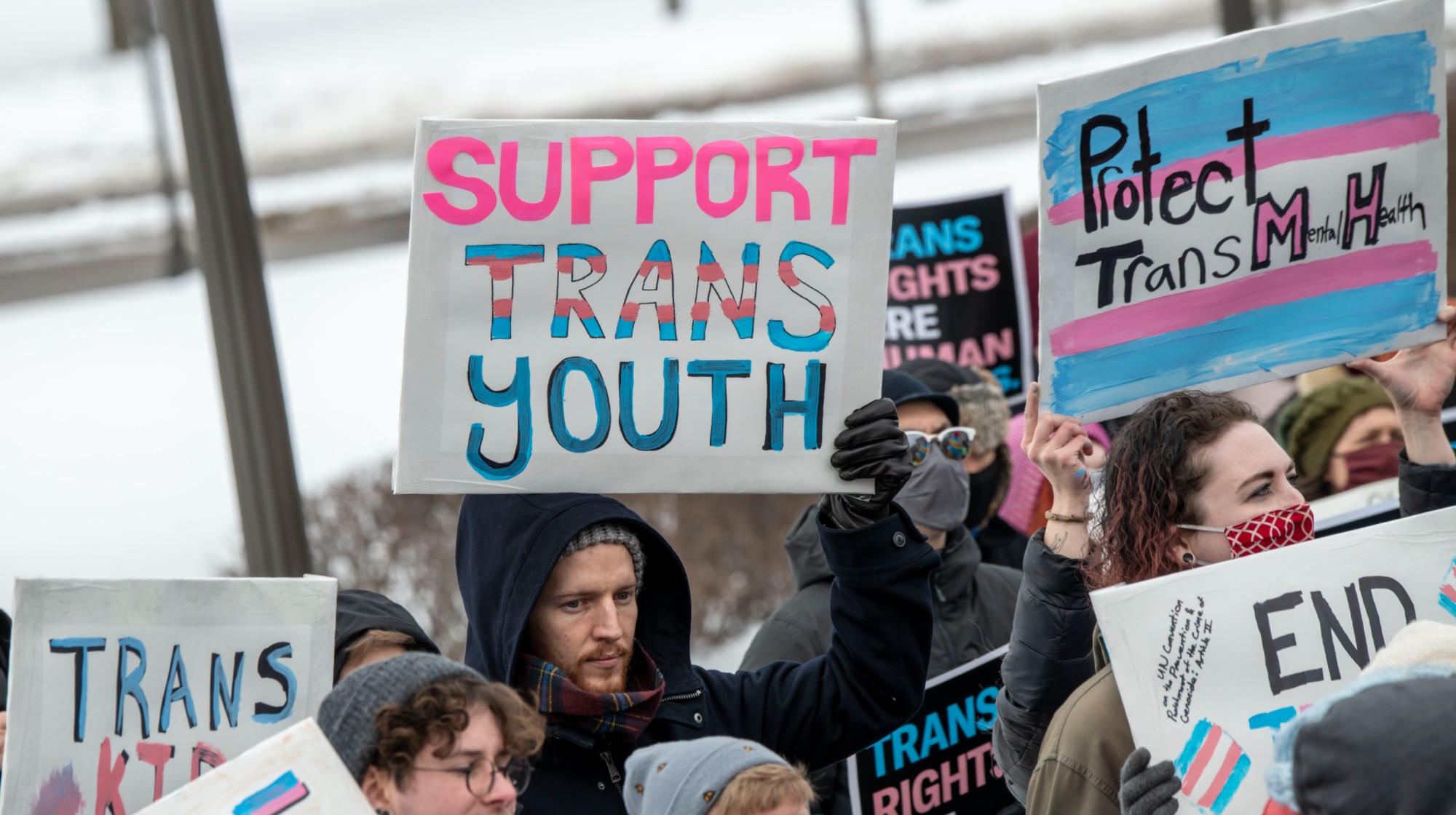 Trump HHS moves to end care for trans youth
Trump HHS moves to end care for trans youthSpeed Read The administration is making sweeping proposals that would eliminate gender-affirming care for Americans under age 18
-
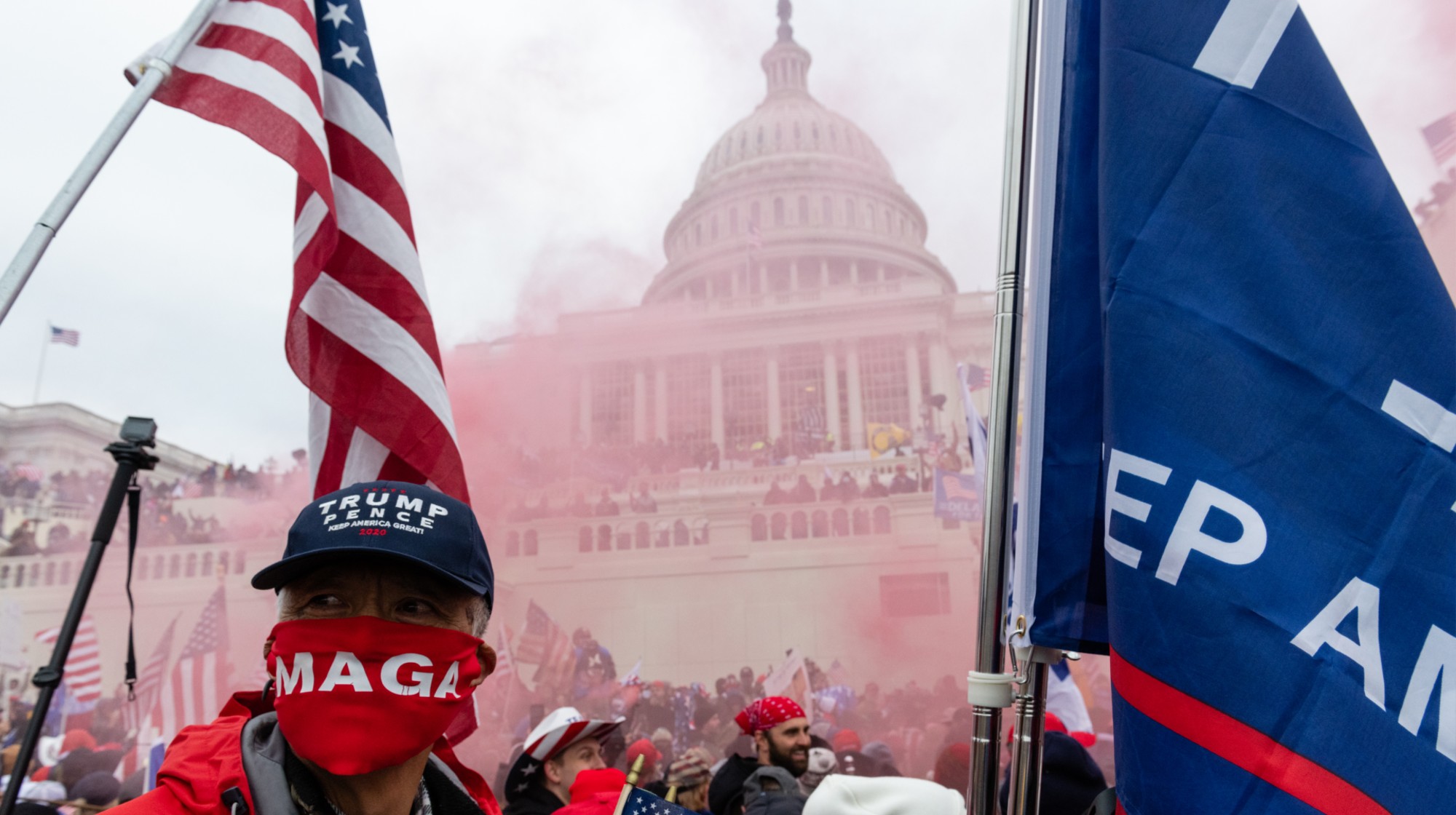 Jack Smith tells House of ‘proof’ of Trump’s crimes
Jack Smith tells House of ‘proof’ of Trump’s crimesSpeed Read President Donald Trump ‘engaged in a criminal scheme to overturn the results of the 2020 presidential election,’ hoarded classified documents and ‘repeatedly tried to obstruct justice’
-
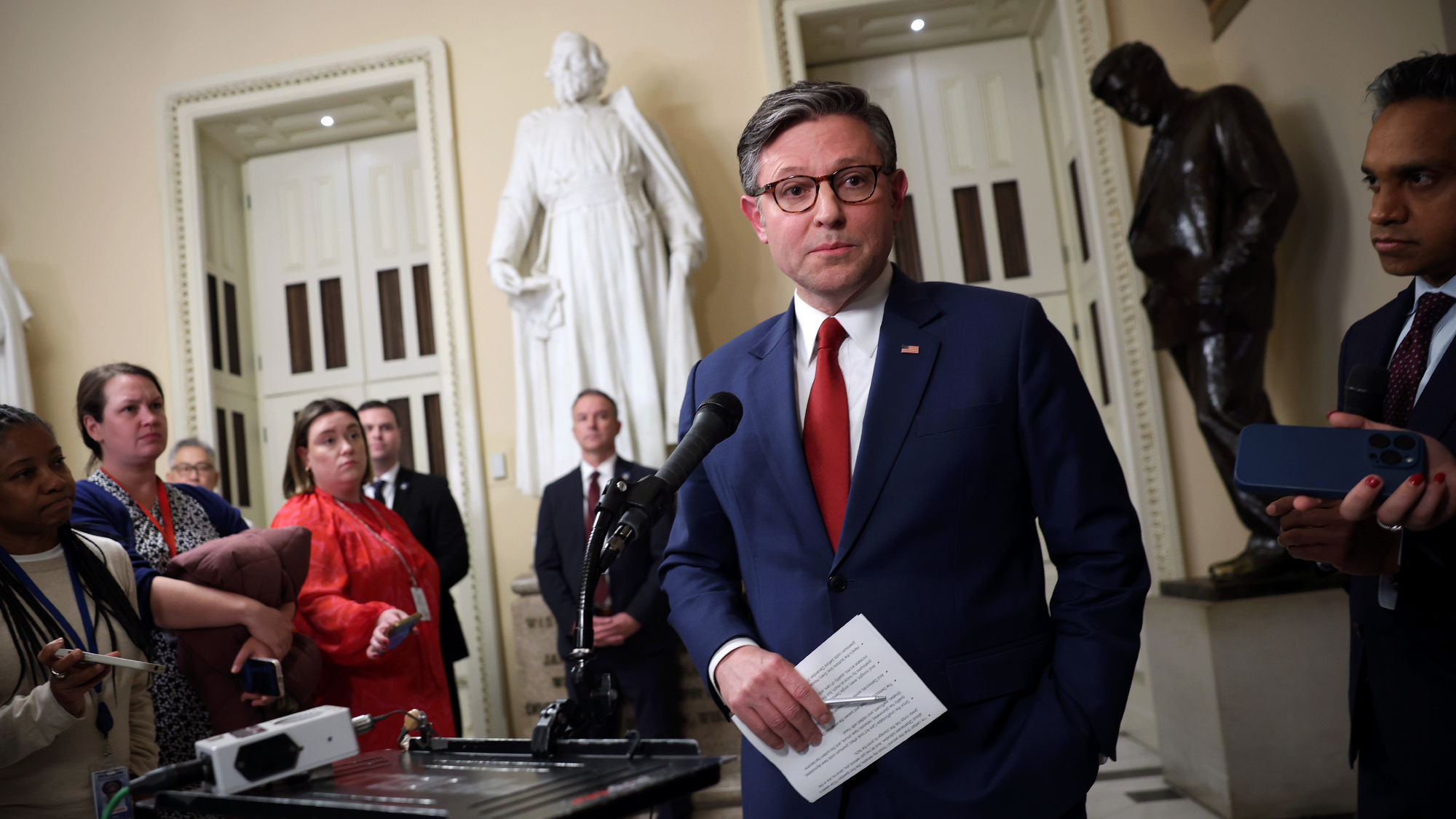 House GOP revolt forces vote on ACA subsidies
House GOP revolt forces vote on ACA subsidiesSpeed Read The new health care bill would lower some costs but not extend expiring Affordable Care Act subsidies
-
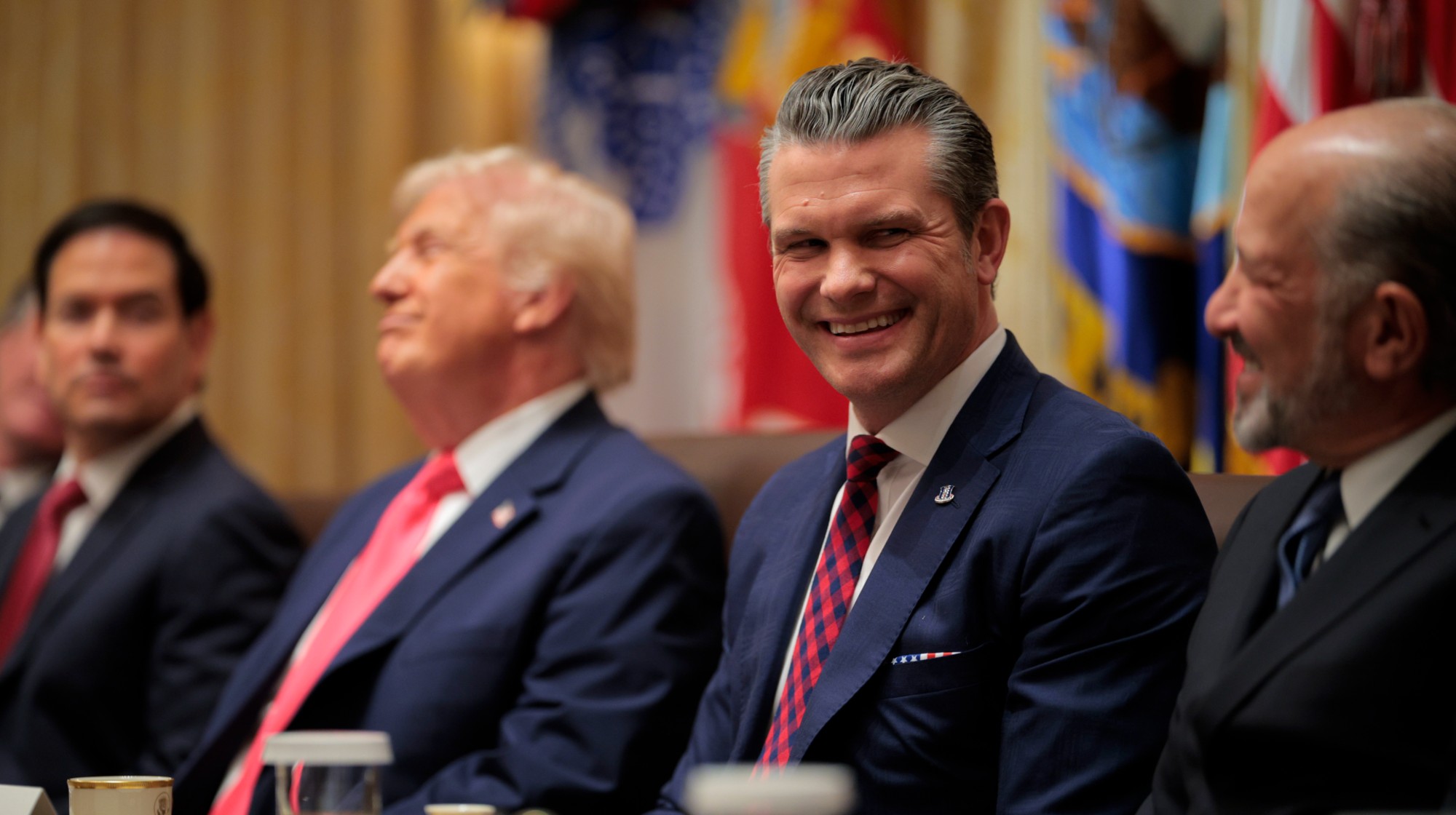 Hegseth rejects release of full boat strike footage
Hegseth rejects release of full boat strike footageSpeed Read There are calls to release video of the military killing two survivors of a Sept. 2 missile strike on an alleged drug trafficking boat
-
 Trump vows naval blockade of most Venezuelan oil
Trump vows naval blockade of most Venezuelan oilSpeed Read The announcement further escalates pressure on President Nicolás Maduro
-
 Kushner drops Trump hotel project in Serbia
Kushner drops Trump hotel project in SerbiaSpeed Read Affinity Partners pulled out of a deal to finance a Trump-branded development in Belgrade
-
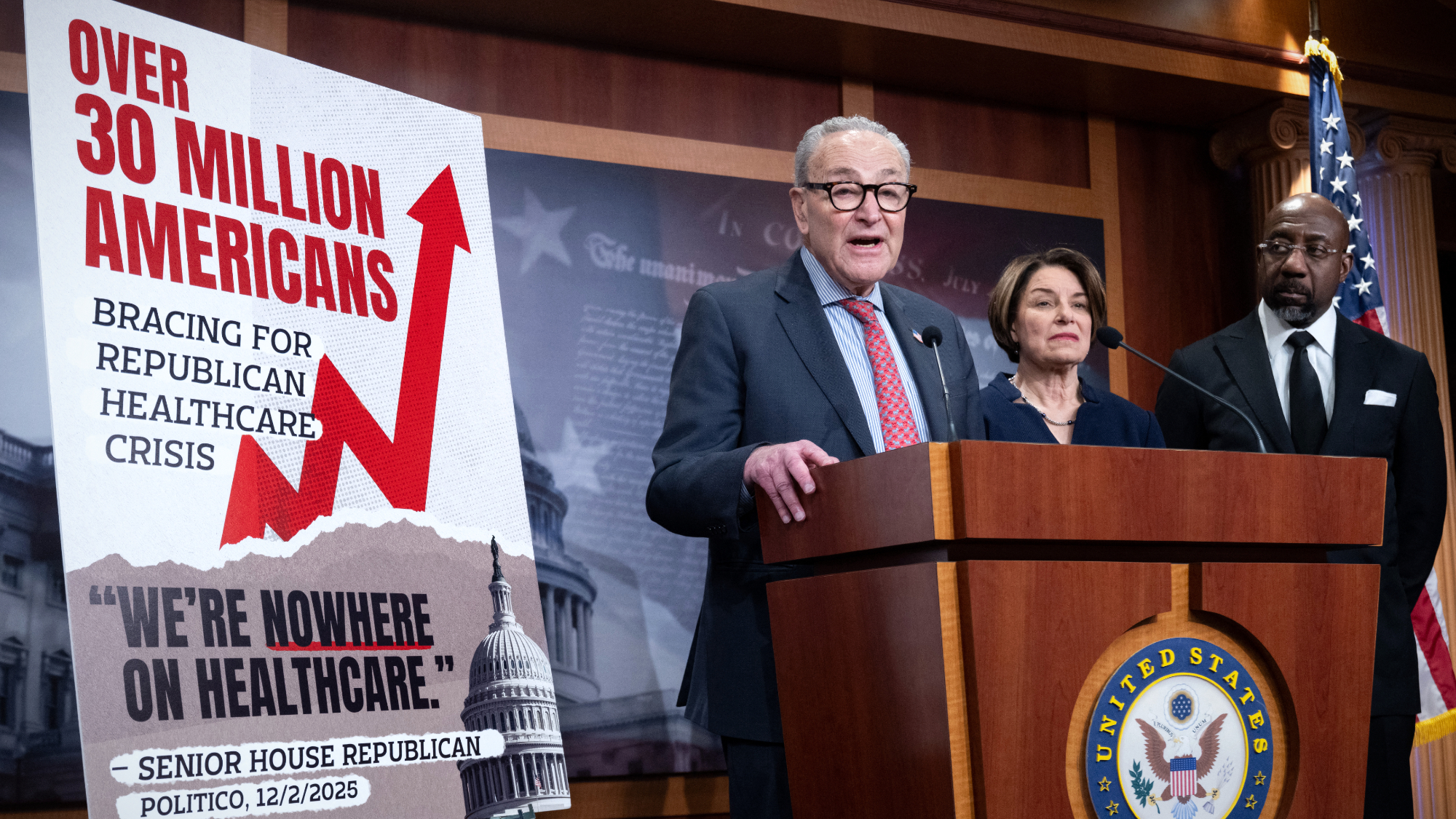 Senate votes down ACA subsidies, GOP alternative
Senate votes down ACA subsidies, GOP alternativeSpeed Read The Senate rejected the extension of Affordable Care Act tax credits, guaranteeing a steep rise in health care costs for millions of Americans
-
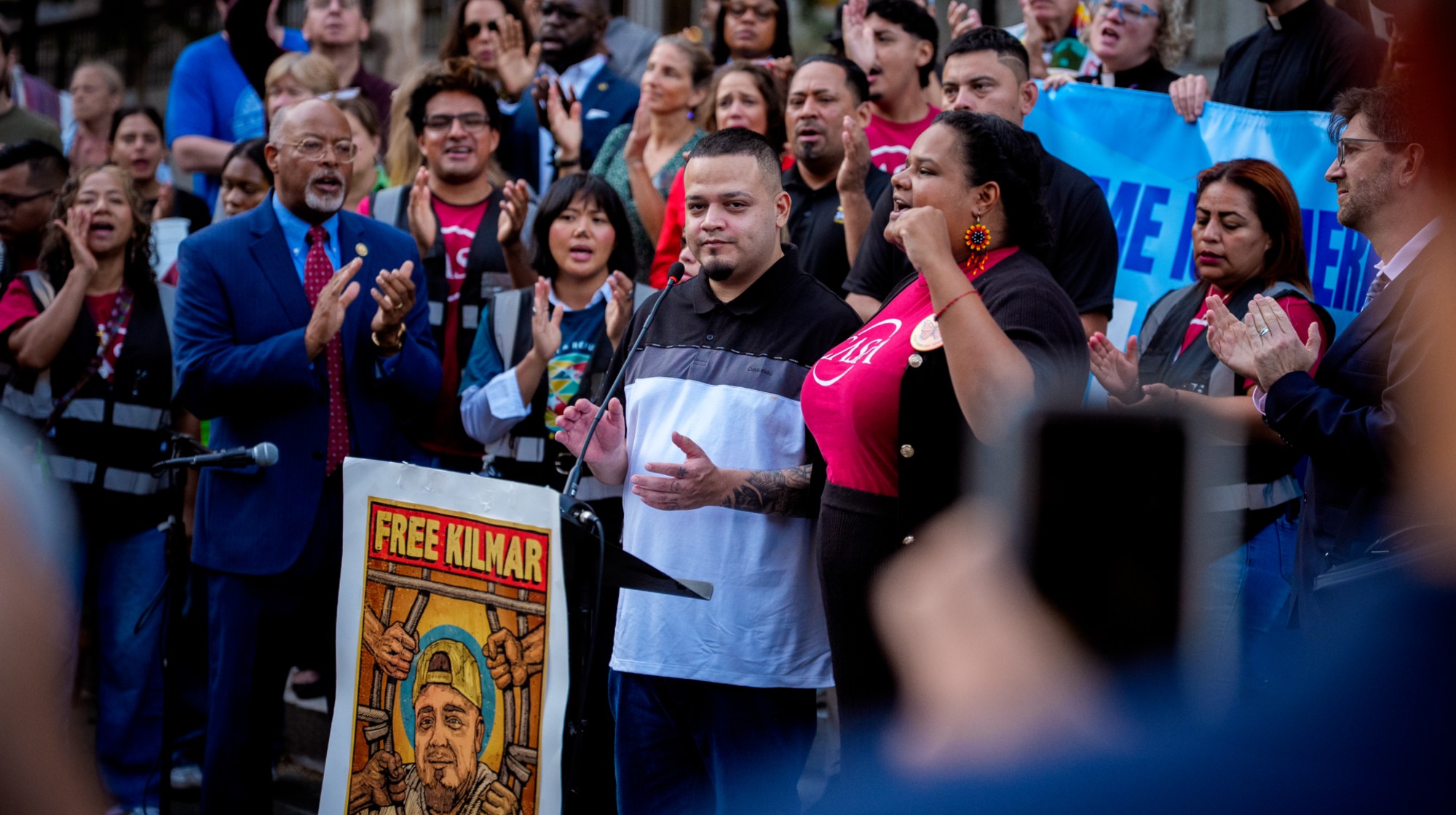 Abrego García freed from jail on judge’s order
Abrego García freed from jail on judge’s orderSpeed Read The wrongfully deported man has been released from an ICE detention center
